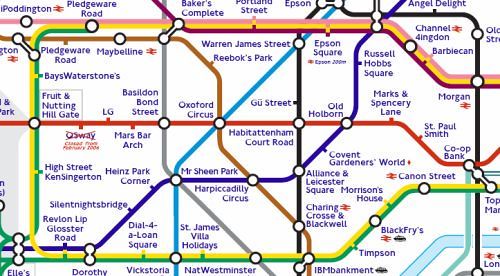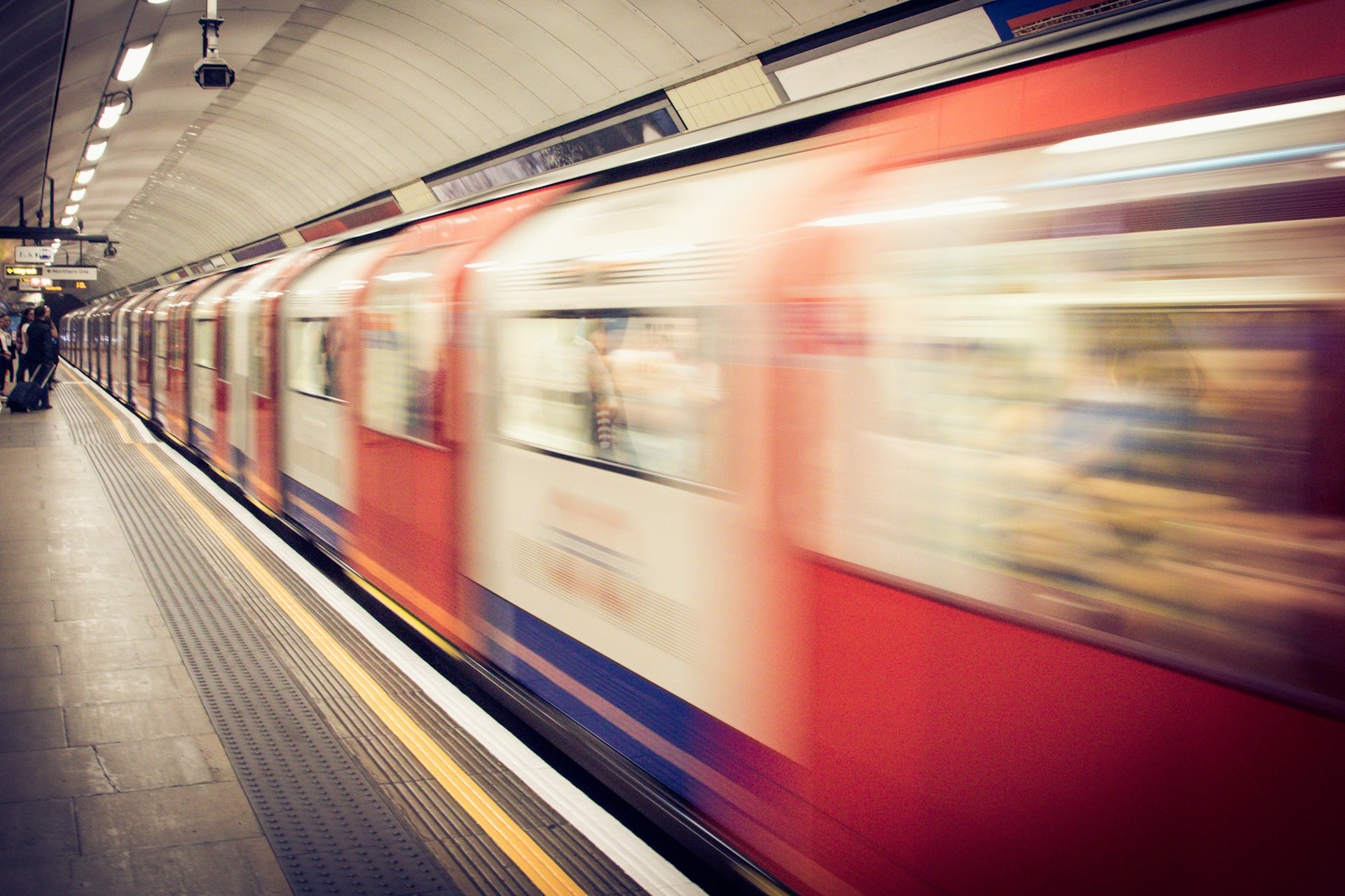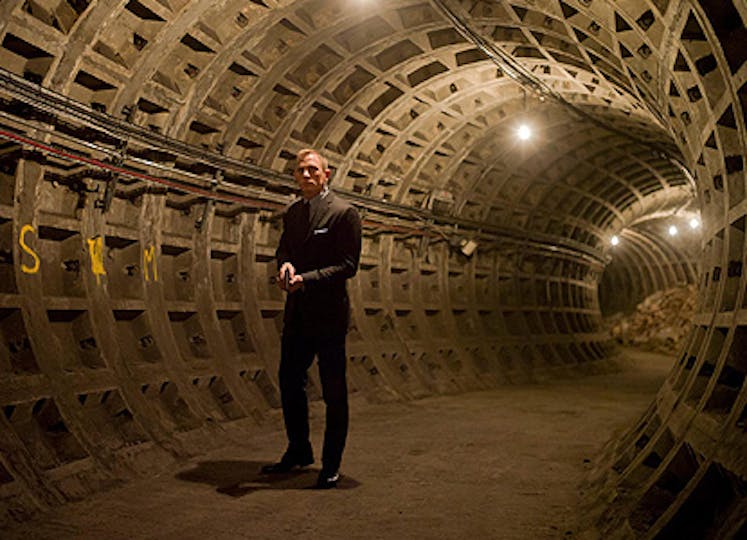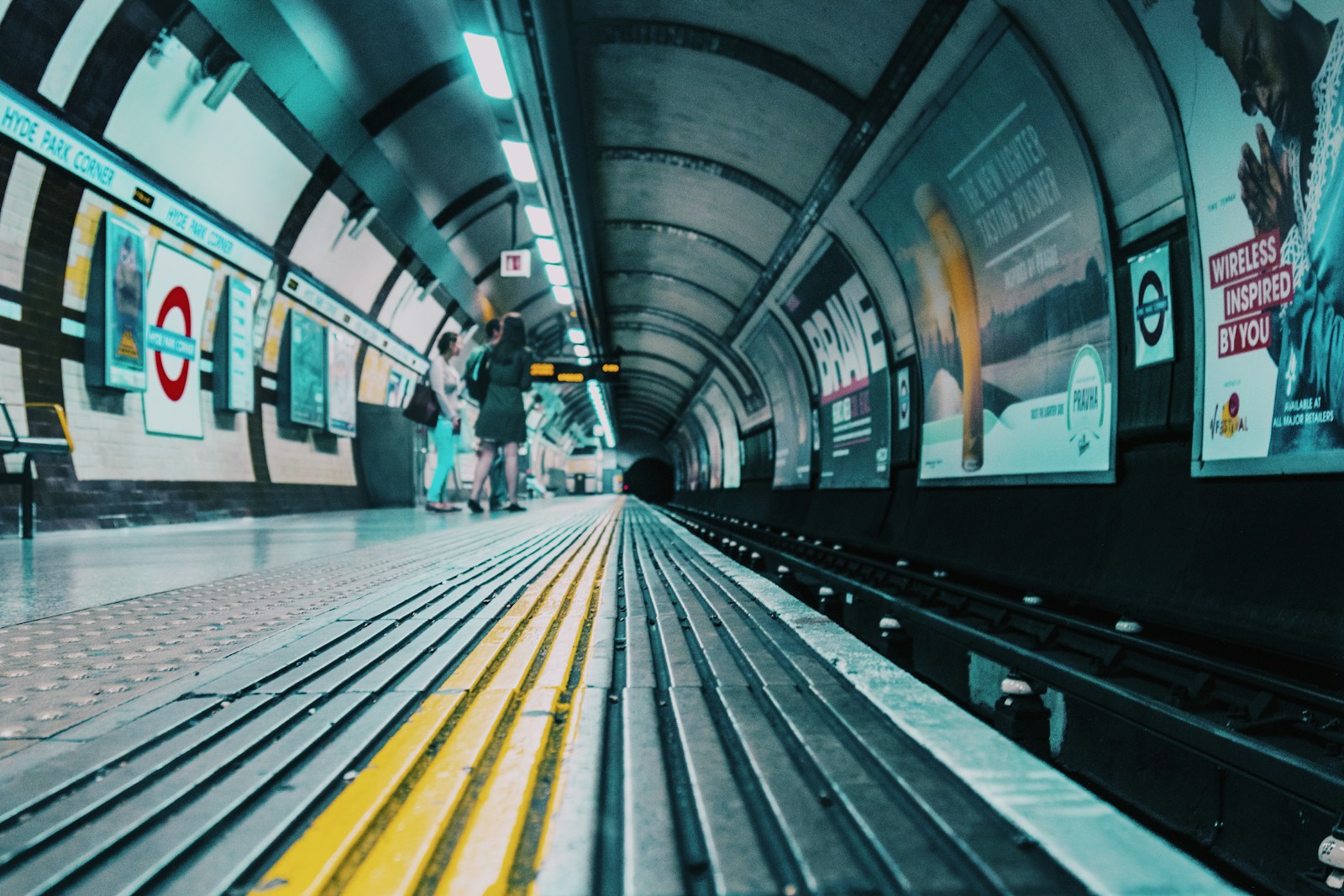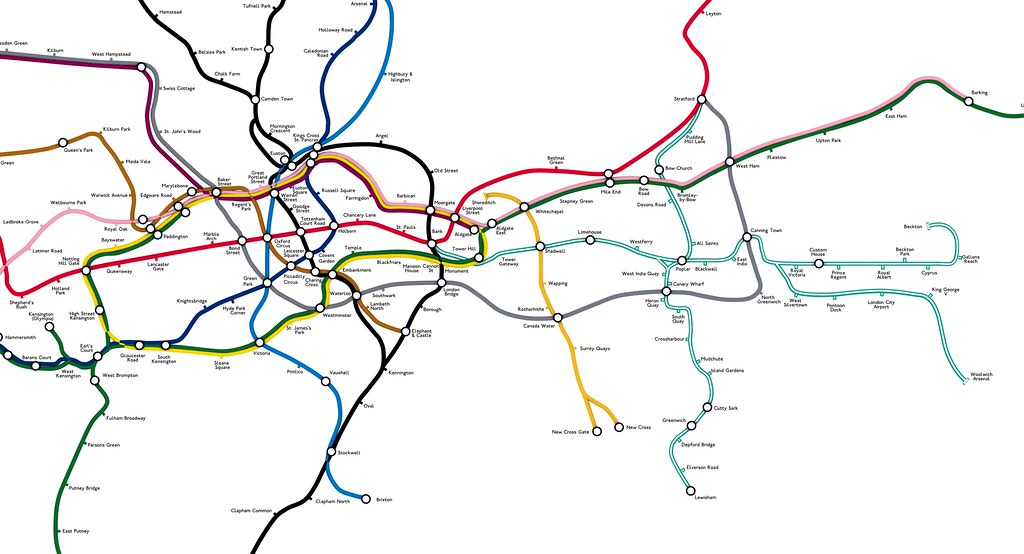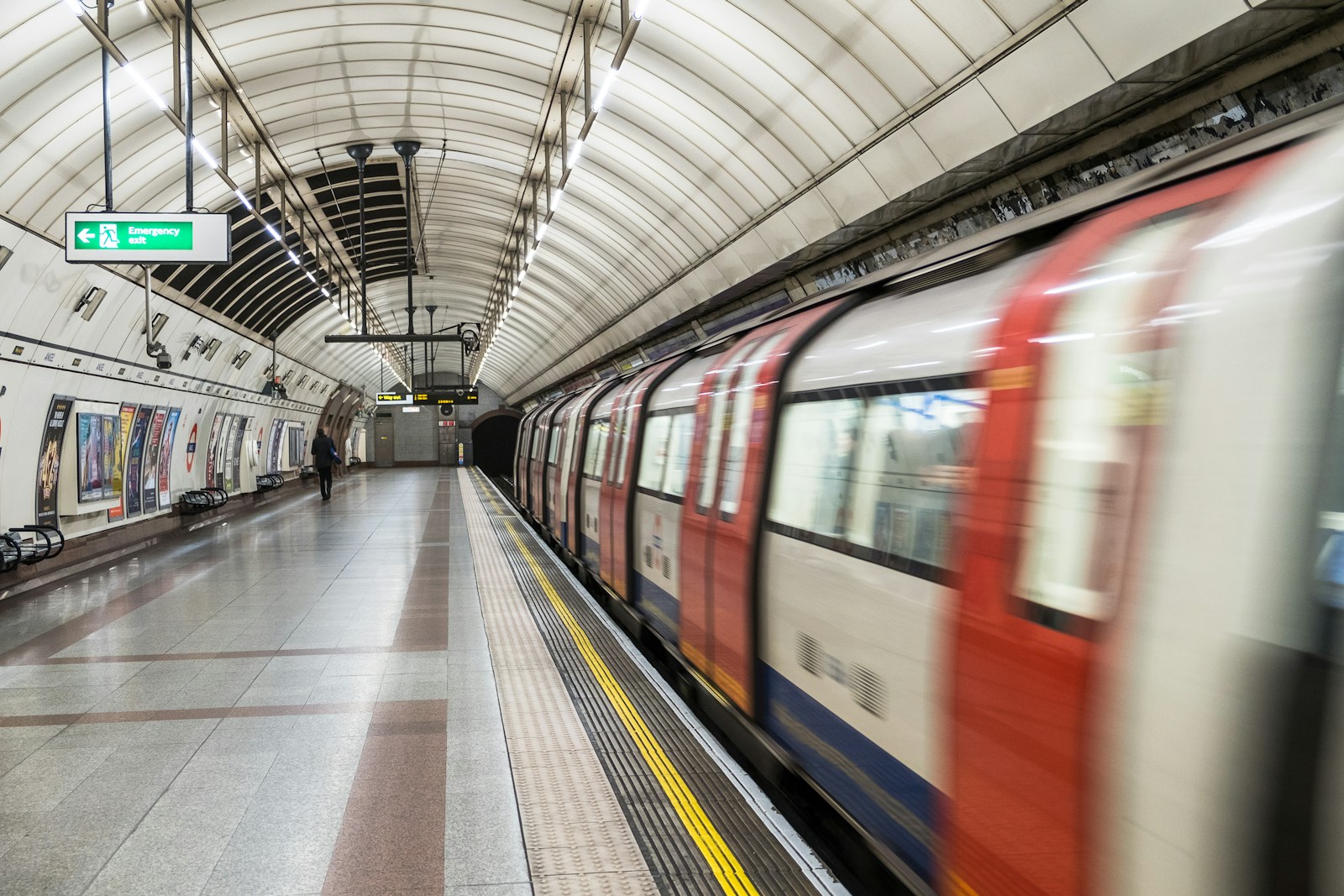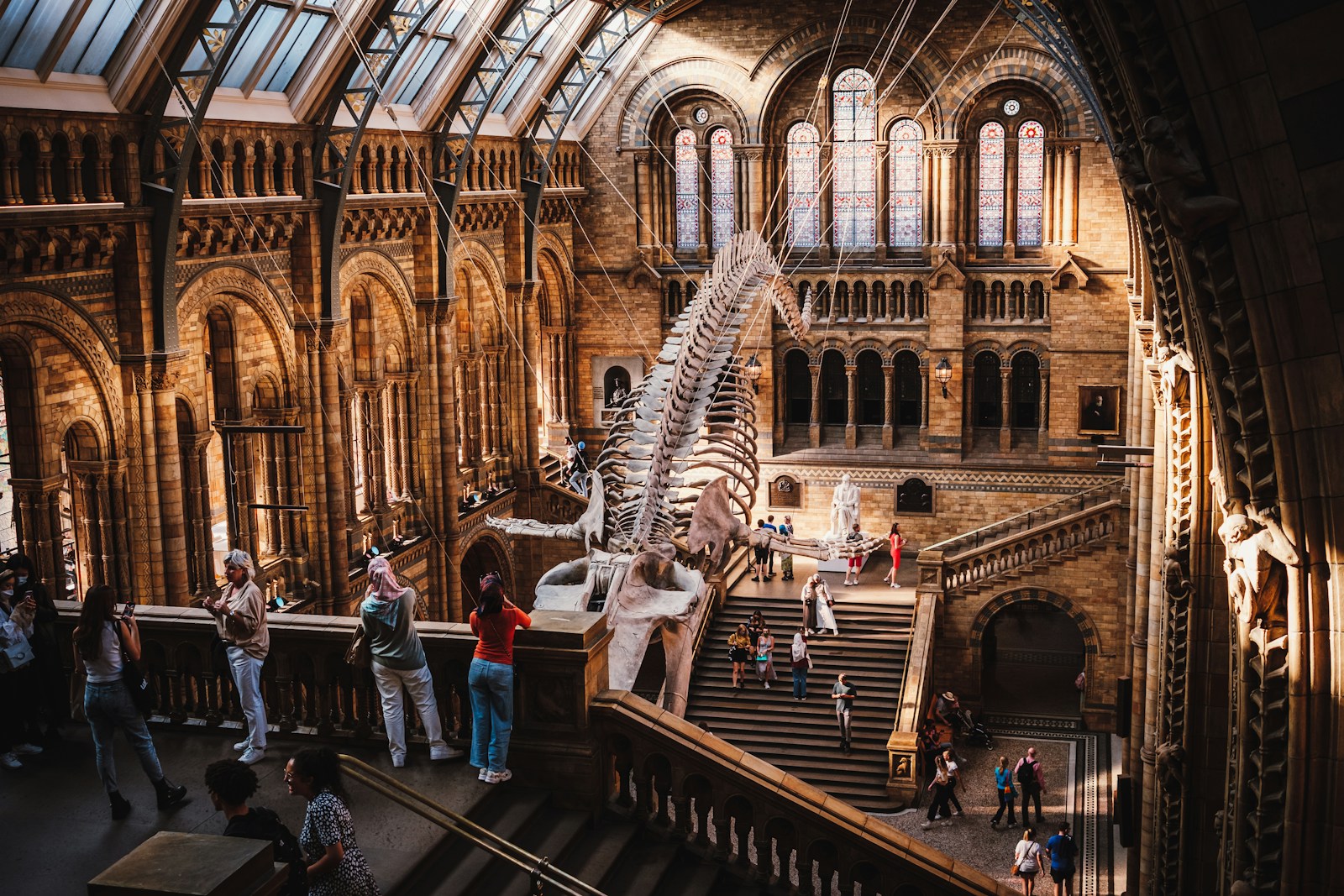
Introduction: Embrace the Charm of the UK on a Budget
The United Kingdom is a treasure trove of history, culture, and stunning landscapes. From the rolling hills of the Cotswolds to the bustling streets of London, there’s so much to see and do. But for many travelers, the thought of experiencing this vibrant culture can come with a hefty price tag. Fear not! With a little creativity and resourcefulness, you can savor the essence of British culture without draining your wallet.
Let’s dive into some helpful tips and tricks for enjoying the UK without breaking the bank.
Discover Free Attractions
The first step to a budget-friendly trip is to enjoy the plethora of free attractions available across the UK.
Museums and Galleries
Did you know that many of the country’s top museums and galleries offer free admission? In London, the British Museum, the Tate Modern, and the National Gallery showcase some of the world’s greatest art and artifacts without charging a penny. You can spend a whole day marveling at the Rosetta Stone or Picasso’s masterpieces, all while keeping your budget intact.
Outside of London, cities like Manchester and Edinburgh also boast museum collections that are free to explore. The Kelvingrove Art Gallery and Museum in Glasgow and the Manchester Museum are just a few examples where you can immerse yourself in British history and culture at no cost.
Beautiful Parks and Gardens
The UK is renowned for its stunning parks and gardens. These green spaces provide the perfect backdrop for a picnic, a leisurely stroll, or simply soaking in the British sun (when it decides to shine!). Check out Hyde Park in London or St. James’s Park for a quintessentially British experience. If you’re in the countryside, don’t miss the picturesque National Trust gardens, which often have free entry or a modest fee.
Affordable Accommodation Options
When it comes to places to stay, your choice can significantly impact your budget.
Hostels and Budget Hotels
Gone are the days when hostels were only for young backpackers. Today, many hostels offer private rooms and amenities that rival budget hotels, often at a fraction of the price. Websites like Hostelworld or Booking.com allow you to compare prices and find the best deals.
If hostels aren’t your style, consider budget hotel chains like Premier Inn or Travelodge, which have locations throughout the UK. These options provide a comfortable stay without the luxury price tag.
Unique Stays
For a truly memorable experience, consider unique accommodations like camping, glamping, or staying in a cozy Airbnb. You can find treehouses, converted buses, or even historic castles available for rent. These alternatives not only save you money but also provide a unique perspective on British living.
Savor Local Cuisine Without Overspending
Food is a massive part of any culture, and the UK is no exception.
Street Food and Markets
One of the best ways to experience local cuisine on a budget is through street food. Cities like London and Bristol are famous for their vibrant street food scenes. Borough Market is a must-visit for foodies, where you can sample everything from artisanal cheese to gourmet donuts. Don’t miss the chance to try traditional British fare like fish and chips or a hearty meat pie from local vendors.
Supermarkets and Picnics
Another budget-friendly option is to shop at local supermarkets. Many stores offer meal deals that include a sandwich, drink, and snack for a fraction of the price you’d pay at a restaurant. Consider packing a picnic and enjoying it in one of the many beautiful parks scattered throughout the country. This way, you can feast while enjoying the serene British countryside or city views.
Pubs and Traditional Fare
British pubs offer a warm atmosphere and a great selection of traditional dishes. Many pubs have “meal deals” or special nights where you can enjoy a hearty meal without spending too much. Don’t forget to try a classic Sunday roast if you can find a local pub with this tradition—it’s a true British experience!
Embrace Public Transport
Traveling around the UK can be pricey, but with public transport, you can save a significant amount of money.
Train Travel
Train travel is a popular way to see the UK, but prices can vary dramatically. To get the best deals, consider booking in advance or traveling during off-peak hours. Websites like National Rail and Trainline can help you find the cheapest tickets. If you’re planning on traveling frequently, a railcard can provide substantial discounts.
Buses and Coaches
For those who want to explore beyond the big cities, buses and coaches are a budget-friendly option. Companies like National Express and Megabus offer intercity travel at incredibly low prices, sometimes as low as £1 for certain routes. It’s an excellent way to see the countryside while keeping costs down.
Cultural Events and Festivals
The UK is rich in cultural events and festivals, many of which are free or low-cost.
Local Festivals
Throughout the year, various towns and cities celebrate their culture with festivals that showcase music, food, and art. Whether it’s the Edinburgh Festival Fringe, a local music festival, or a food fair, these events provide a fantastic opportunity to immerse yourself in British culture. Many of them have free events or affordable tickets, making them accessible for all.
Community Events
Keep an eye out for community events that often take place throughout the year. Farmers’ markets, charity events, and cultural days can provide fun experiences without the high cost. Websites like Eventbrite or Meetup can help you find local activities happening during your visit.
Exploring the Countryside
The UK is not only about its cities; its countryside is equally mesmerizing and often free to explore.
National Parks
Visiting national parks is a great way to experience the natural beauty of the UK. Parks like the Lake District, Peak District, and Snowdonia offer stunning landscapes, hiking trails, and quaint villages. Many parks have visitor centers that provide information on trails and activities, ensuring you make the most of your visit.
Coastal Walks
The UK’s coastlines are dotted with beautiful walking paths, perfect for an adventurous day out. The South West Coast Path and the Pembrokeshire Coast Path are two options where you can enjoy breathtaking views and the sound of crashing waves without spending a penny. Pack a picnic, and you have an entire day of fun planned!
Conclusion: Enjoying the UK on a Budget
Experiencing British culture doesn’t have to cost a fortune. With a little creativity, planning, and resourcefulness, you can enjoy everything this beautiful country has to offer without breaking the bank. From exploring free museums and enjoying local street food to utilizing public transport and participating in community events, the options are endless. So grab your walking shoes, a hearty appetite, and a sense of adventure, and get ready to create unforgettable memories in the UK—all while keeping your budget in check!


